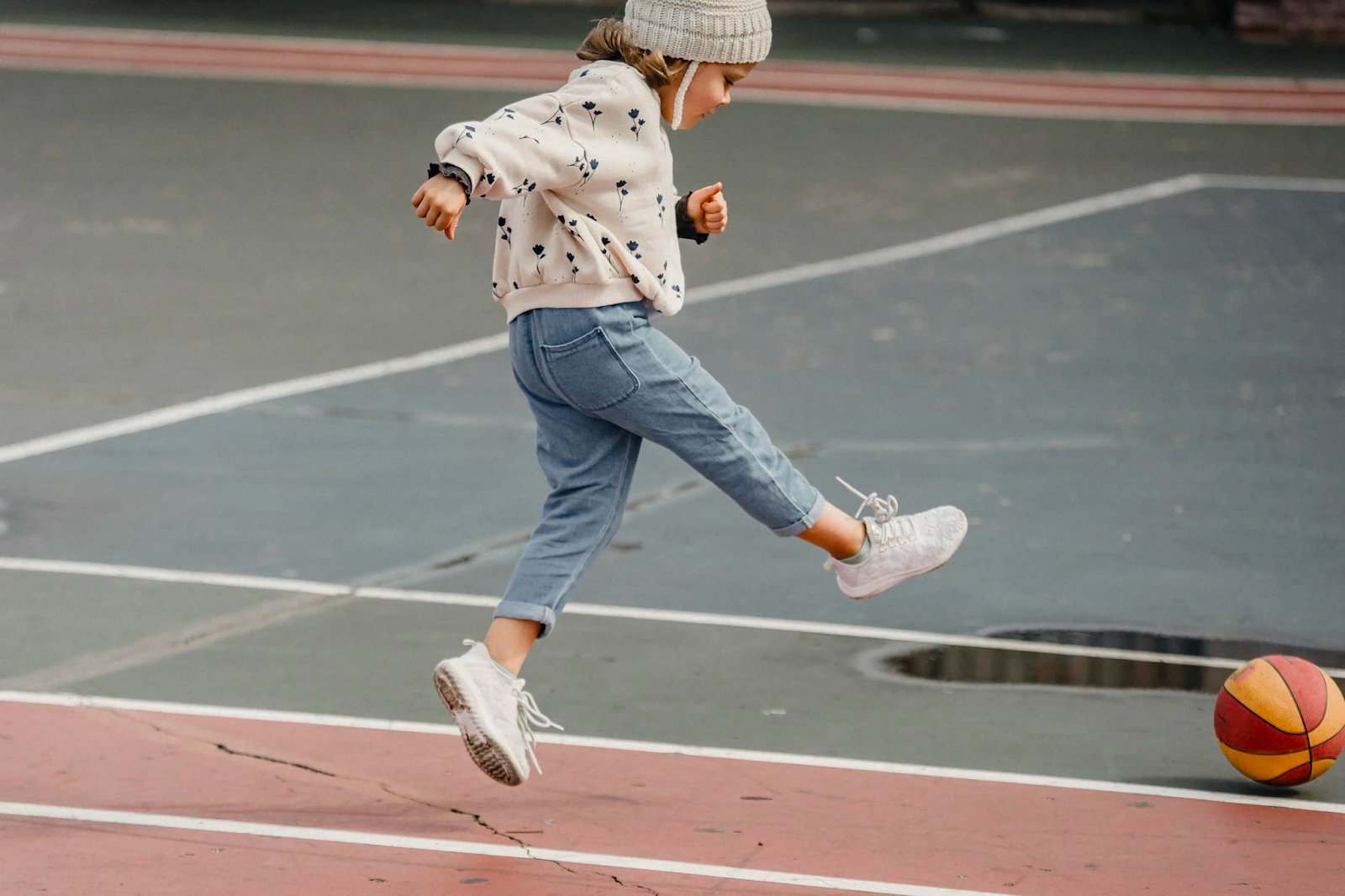
Imagine for a moment you are sitting quietly, eyes closed in a peaceful setting. Without using your hands, can you feel your heart’s rhythm, its beat pulsing through your chest? This exercise taps into what is known as “interoception”—your body’s ability to perceive its own physiological conditions.
What is Interoception?
Interoception acts as our body’s internal sensor system, transmitting a myriad of signals from all corners of the body to the brain—be it the rhythm of our heartbeat, the pangs of hunger, or the need for rest. This intricate system plays a pivotal role in how we understand and manage our physiological and emotional states. For children, especially, honing a keen sense of interoception is vital as it underpins their capacity to interpret and regulate their feelings and physical sensations, which in turn influences their overall well-being and effectiveness in interacting with the world around them.
Neurodivergent children, such as those with autism spectrum disorders or sensory processing disorders, often face significant challenges with interoception. They may struggle to identify bodily cues like thirst, pain, or emotional discomfort, which can manifest in difficulties with self-regulation, social interactions, and learning. Without a reliable sense of internal state, these children might react in ways that seem disproportionate to their actual needs or emotions, leading to challenges in daily activities and increased anxiety or stress. Fortunately, besides child occupational therapy, there are several other ways you can help develop better interoception, with one being body awareness exercises.
5 Activities to Practise Interoceptive Awareness
Interoception is an important sense that needs cultivating but how do you begin to explain what it is to your kids or figuring the best way to practise interoceptive awareness?
Fortunately, here are five engaging activities that can help children tune into their bodies, enhancing their interoceptive awareness and enabling them to understand their internal sensations and emotions more clearly:
1. Sensory Exploration
Sensory exploration activities involve interacting with various textures, temperatures, and weights to help children become more attuned to how different external stimuli affect their internal feelings. This practice aids in distinguishing between external and internal experiences, helping children to better identify and articulate how they feel in response to external inputs.
Sensory exploration activities include:
- Digging into sensory bins.
- Engage in mindful eating activities.
- Smelling different types of fragrance.
2. Movement Games

Movement games encourage children to pay attention to their body’s positions and movements. These activities improve motor skills and body awareness while helping children notice the physical sensations associated with different postures and actions. They also teach children how changes in movement can affect their emotions, enhancing their connection between physical activity and emotional well-being.
Movement games include:
- Simon Says.
- Follow-the-Leader.
- Child-friendly yoga.
3. Mirror Activities and Emotions
Using a mirror, children can mimic various facial expressions and observe their own reactions. This helps them link facial expressions with internal emotional states, enhancing their emotional literacy and empathy. By recognising their own expressions and the feelings they represent, children can better understand the emotions of others, which is crucial for social interaction.
Mirror activities and emotions include:
- Stand in front of a mirror and make various facial expressions.
- Mimic different body movements.
- Act out different emotions and discuss the physical sensations associated with each emotion.
4. Breathing Exercises
Breathing exercises teach children how to control their inhalation and exhalation, which can have a calming effect on the body. These practices are particularly useful for managing anxiety and stress, providing children with a direct method to influence their emotional and physiological state. Regular practice can make these techniques a go-to resource for children needing to regain emotional equilibrium.
Breathing exercises include:
- Blowing bubbles.
- Place a light object like a cotton ball on the stomach and breathe to make the object move.
5. Social Stories
Social stories can illustrate various scenarios that trigger different emotions, guiding children through the process of identifying and responding to their feelings. This tool is especially beneficial for children who need structured help understanding and navigating social interactions and emotional responses. Through these stories, children learn to anticipate and manage their reactions in a variety of social settings.
Social stories include:
- Create short stories that describe common emotional scenarios, such as feeling frustrated when a toy breaks.
- Craft stories that involve characters facing small, relatable dilemmas.
Cultivate Your Child’s Interoception Today
These interoception activities are not only fun but also essential tools in developing a child’s body awareness and emotional understanding. While teaching these skills can sometimes be challenging, especially for neurodivergent children, the benefits are plenty.
Parents seeking additional support can turn to resources in their community or professional services such as child behaviour therapy in Singapore, where experts are equipped to guide and support families in nurturing their child’s developmental needs.